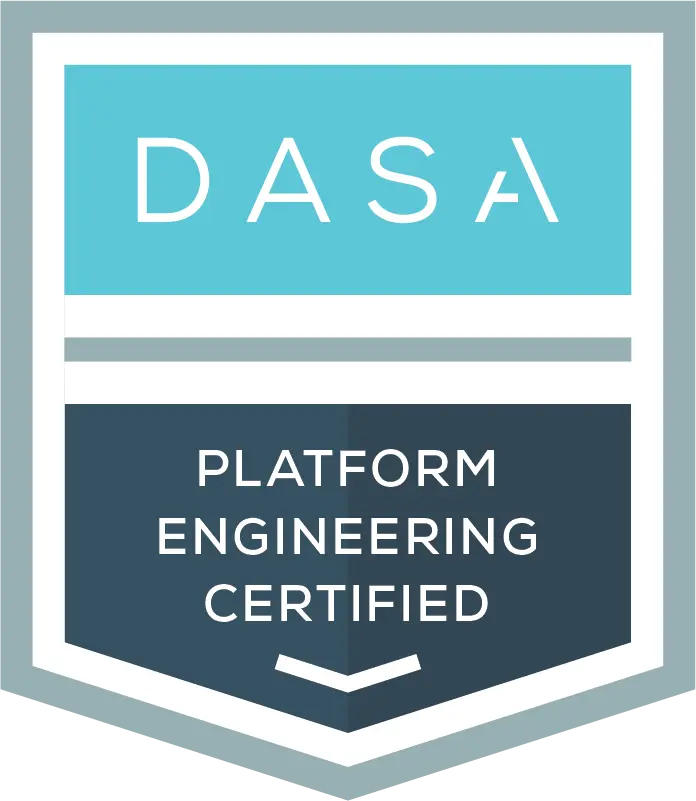Organizations can sometimes engage in bad practices when adopting DevOps, which can actually hinder the successful adoption of a DevOps culture and mindset.

Addressing the DevOps Anti-Types
- Developer Advocate Role + Customer-Centric Mindset: By having someone dedicated to championing developer needs and focusing on end-user value, you build bridges between different teams (development, operations, security, etc.). This breaks down silos and promotes cross-functional collaboration.
- Tool and Workflow Integration + Automation in the IDP (Internal Developer Platform): Streamlining tools and automating repetitive tasks within a centralized platform eliminates manual handoffs between teams. It ensures smoother workflows, faster feedback loops, and less room for errors.
- Shared Responsibility Model + Clear Role Assignment + Shared Vision: Instead of just giving someone a “DevOps” title, this approach emphasizes that everyone shares responsibility for the software’s success. Clearly defined roles and a unified vision align everyone towards the same goals.
- Security, Tooling, and Automation for Developer Experience and Optimization: Rather than getting caught up in complex tools and over-engineered solutions, this approach focuses on making developers’ lives easier. By prioritizing security and automating tedious tasks, developers can focus on building great software.
How These Solutions Address the Anti-Types
- DevOps Silo: The developer advocate acts as a liaison, fostering communication and understanding between different teams. This breaks down barriers and promotes a collaborative environment.
- Ops-Dev Handoff: By integrating tools and automating workflows within the IDP, work flows seamlessly between teams, eliminating manual handoffs and delays.
- DevOps as a Title: The shared responsibility model and clear role assignments ensure that everyone understands their part in the larger picture, leading to a more cohesive and efficient team.


DASA Platform Engineering
DASA Platform Engineering certification program ensures all stakeholders become champions of Platform Engineering, clearly articulating its value. It enables teams to align the platform vision with organizational goals, treat the platform as a product, design an optimal developer experience, and maintain customer-centricity.

